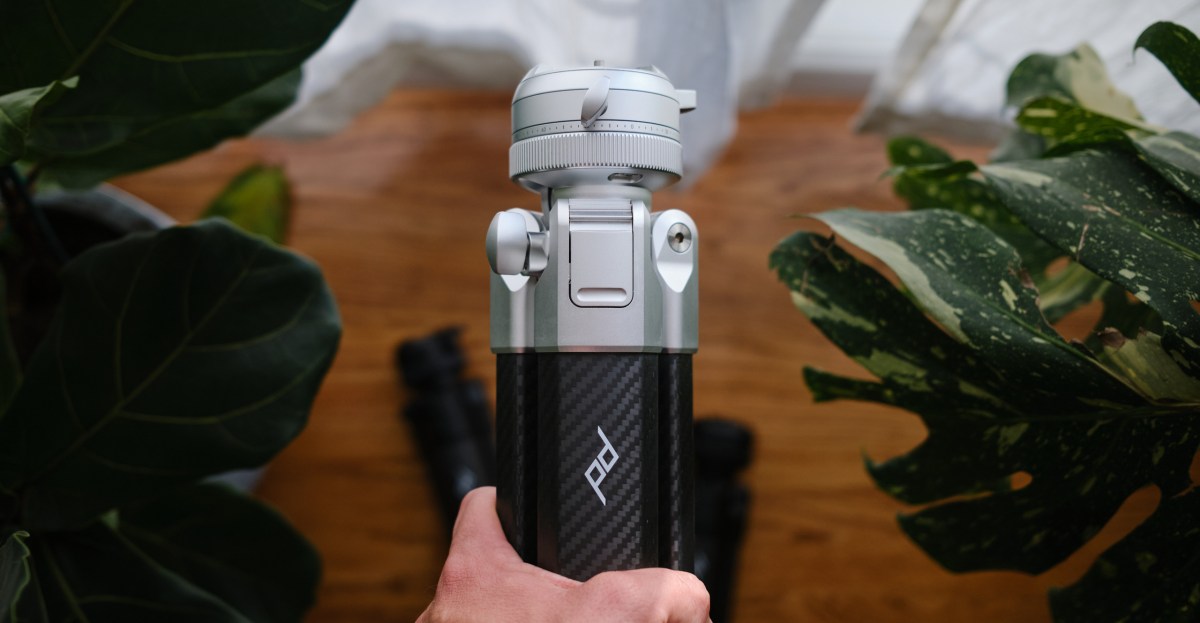As a supervising video producer and gadget reviewer, I have spent over a decade immersed in reporting and photojournalism, previously at Recode. Each new product release from Peak Design, a San Francisco-based company known for its innovative photography gear, always piques my interest. Their latest offering, a line of video tripods, reflects significant advancements based on lessons learned from their first tripod launched over six years ago. These new models boast sturdier legs, an upgraded center column, a redesigned ball head, and several other notable enhancements.
The new tripods come in three models: Pro Lite, Pro, and Pro Tall, all featuring the same essential characteristics but varying in height and weight capacity. Currently available on Kickstarter, these tripods are priced at $799 for the Pro Lite, $899 for the Pro, and $999 for the Pro Tall, with discounts for backers ranging from 23% off the Pro Lite to 27% off the Pro and Pro Tall.
I had the opportunity to test each model over several weeks. The Pro Lite, weighing in at 3.7 pounds, is the most portable option, significantly heavier than the previous 2.81-pound carbon fiber Travel Tripod, but justifiably so because of the improved ball head design. This model is also four inches taller than its predecessor, allowing me to comfortably film at eye level, particularly beneficial given my height of 6’1″ (187 cm).
The Pro and Pro Tall models are heftier and accommodate larger payloads than the Pro Lite. I preferred to use these indoors, often pairing them with sliders and my heavier cinema camera rigs. Each tripod is crafted from carbon fiber, with no aluminum alternatives, ensuring they remain light enough for transport. Even the Pro Tall, weighing 4.5 pounds, is a relief compared to my previous 5.5-pound Manfrotto 055, which features a 3.7-pound fluid video head. Despite my appreciation for the Pro Tall, I frequently opted for the Pro Lite for hikes and extended photo outings.
A standout feature across all three tripods is the new ball head, which incorporates a quick-release system that feels more secure than the one used in the Travel Tripod. The camera connects smoothly to the Arca-Swiss compatible plate, aided by a separate locking mechanism adjacent to the ball head. This addition, absent from the Travel Tripod, enhances my confidence against accidental releases.
Having used Peak Design’s original tripod since its 2020 launch, I noted that the ball head had deteriorated over time, with the locking mechanism often becoming stuck. The new design promises to address these concerns effectively. While I cannot predict the long-term durability of this new ball head, the inclusion of a dedicated lock toggle is promising, suggesting a robust lifespan for a product at this premium price range.
One of my favorite enhancements is the improved capability to switch to vertical filming. The ball head can effortlessly rotate onto its side, a feature that, while present in the Travel Tripod, was less agile. The absence of prongs on the base eliminates previous limitations, making this flexibility my top upgrade.
The smooth panning feature of the ball head works well, but it lacks friction adjustments, establishing a dichotomy of either being unlocked or locked. This functionality copes well with my setup of the Fujifilm XH2s and heavier Canon C70 cameras. For those seeking tilting capabilities, a separate accessory priced at $149 (MSRP) is required, which is a minor inconvenience, albeit a thoughtful option for users who might not need it.
The tilt module attaches using its Swiss-Arca base, resembling a standard camera attachment but has its limitations, particularly regarding friction control, which can hinder smoothness with heavier gear. Alternatively, users might consider a different fluid video head with the Pro Leveling Base attachment, priced at $129 (MSRP), which streamlines leveling on uneven surfaces.
Additionally, the tripods see several minor improvements such as enhanced leg locks, more durable center columns, a hidden hex tool conveniently located within the center column, and easier maintenance. They also come with a more spacious carrying bag, moving away from the snug design seen previously.

